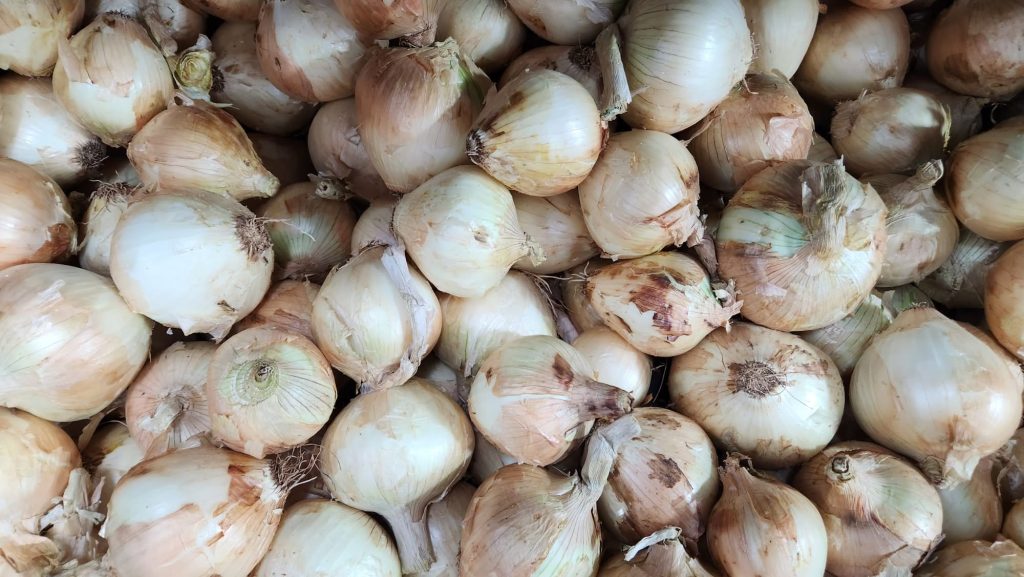










Winter veggies to plant in fall
In the warmer parts of Israel, planting can also be done in midwinter, but in the higher regions it is recommended to plant now before the coldest days arrive. Leafy vegetables such as lettuce and the like can also be planted in spring.
All plants prefer to be planted in a soil rich in compost, or in containers with a light substrate with the addition of fertilizer.
All grow well in full sun, but some do well in light shade too.
However, each edible plant has slightly different gardening needs:
Leaves – (Greens):
- Lettuce, various varieties: Lettuce is a fast grower, especially in the fall and early spring.
- You can plant them at 15-20 cm intervals to harvest individual leaves, or at 20-30 cm intervals and harvest the entire head of lettuce.
- Swiss chard, beet greens: It is recommended to plant them at 30-40 cm intervals and grow them for about a month.
- Kale, various varieties: It is recommended to plant them at 30-50 cm intervals and give them about a month or two to grow to full size.
Garlic, various varieties (garlic, scallions, onions, leeks):
Despite the different appearance of each plant, they are all descendants of the same genus: garlic (Allium), so the care will be similar.
These plants require 3-4 months of growth and are recommended to be planted in the fall and harvested in the spring.
They all prefer full sun and regular watering in the fall and as a backup for rain.
Green onions: Can be planted in small intervals of 5-10 cm
Garlic: Can be planted in intervals of 10-15 cm
Onions and leeks: Can also be planted in containers with a minimum depth of about 20 cm.
Kohlrabi, cabbage, cauliflower, and broccoli:
Kohlrabi: It is recommended to plant it in full sun and in intervals of 20-25 cm. Can also be planted in containers with a minimum depth of about 20 cm.
Cabbage, cauliflower and broccoli: require 2.5-3.5 months of growth and full sun and planting intervals of about 30 cm.
Roots – radish, radish, red beet and carrot:
Prefer full sun, although not all of them are from the same family. They can also be grown in partial sun.
All are recommended for sowing directly in the ground, or in a tray/pot and transplanting into the ground. The soil should be enriched with good amounts of compost and well-drained.
When growing in containers, fertilize with humus or another slow-release fertilizer.
Radish, radish, red beet is recommended to be planted in a container with a minimum depth of about 15-20 cm and carrots at a minimum depth of 25-30 cm.
Radish צנונית: Sow in the ground at a depth of 0.5-1 cm and at intervals of 5 cm.
Radish צנון: Sow in the ground at a depth of 0.5-1 cm and at intervals of 5-10 cm.
Red beet: Sow in the ground at a depth of 0.5-1 cm and at intervals of 10-15 cm.
Carrot: It is necessary to till the soil well to a depth of 25-30 cm to obtain soft soil and beautiful carrots.
For the full article, click here


ניתן לצפות בסרטונים שלנו ולהתעדכן בנעשה במשתלה בעמוד הפייסבוק, באינסטגרם וגם בערוץ היוטיוב שלנו, בו יש כבר למעלה מ-100 סרטונים
